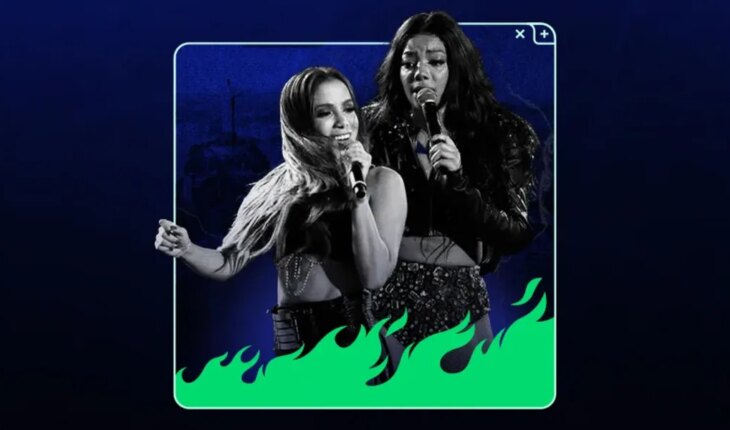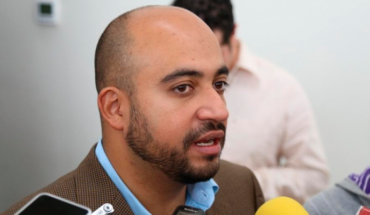If you’ve ever listened to Anitta, played No_se_ve.mp3 or done a TikTok challenge in Portuguese, you’ll notice that there’s a common point: they all have elements of Brazilian funk. Since “Despacito” made the Yankees sing in Spanish, there was a boom in Latin music in the world and little by little the sounds of each country were incorporated into this wave. BRAZILIAN FUNK enters this wave but its history goes back long before that worldwide hit of 2017.We leave for the end of the ’70s in Rio de Janeiro. Funk in the United States, born the previous decade, was played thanks to DJs who played it at parties and became popular with artists such as Tim Maia and Tony Tornado who inaugurated the local version of this genre. Now, why does Brazilian funk bear so little resemblance to American funk? Because what we know today under that term is something else and was born at the end of the ’80s with the arrival in Brazil of MIAMI BASS – a subgenre of hip hop that uses the same sounds of 808 as trap but in fact predates it – added to a young DJ Marlboro, known as the godfather of funk in the favelas. In 1989, “FUNK BRASIL” was released, a compilation album of all those foundational tracks of Carioca funk, as this style of music born in Rio was called. Inspired by DJs such as Afrika Bambaataa, Marlboro spearheaded this expansion of funk that would take its signature Miami Bass sound fused with samba percussion, giving rise to the famous ‘Tamborzão’. Funk was always linked to the favelas and was therefore long despised by the upper classes and rulers. In fact, there were even attempts to put a legal stop to the funk parties that were set up in the suburbs but, far from extinguishing it, now there is more funk than before. The popularity achieved in the ’90s was followed by some 2000 years of worldwide recognition driven by the English artist M.I.A and the American DJ Diplo. Thanks to a trick CD that they used to hand out at her shows, on the other side of the Atlantic, they began to listen to carioca funk. Not only did one of M.I.A’s hits sample a well-known Brazilian funk, but this mixtape included instrumentals and vocals from other well-known songs of the genre. Diplo even ended up making a documentary about the movement. By then, funk was not only being created in Rio and was beginning to have its own current in another state: São Paulo. São Paulo funk is the funk of ostentation, which, as its name says, comes to show off cars, sneakers, expensive bottles, brands, motorcycles, luxuries of all kinds.
All this, of course, is in contrast to the crude lyrics of Rio’s favelas, which found their most concentrated expression in the subgenre known as proibidão. But between the forreo and the violence, another softer current emerged to balance the panorama: this is how the MELODIC FUNK was born, more chill, romantic and with less explicit lyrics. This other branch of funk had actually already started in the ’90s but by the 2010s it took on a new air with two artists that you know today but then they were just hitting their first hits: Anitta and Ludmilla.By August 2016, both Anitta and Ludmilla had represented the sound of the favelas at the Olympic Games in Rio de Janeiro – Ludmilla paying homage to that foundational theme included in “Funk Brasil” from 1989 and Anitta with Caetano Veloso and Gilberto Gil at the closing of the ceremony. Having conquered one’s own country with a rhythm historically excluded from mainstream events, it was time to expand to the rest of the world. And this is when we return to 2017 with “Despacito” just released and “Bum Bum Tam Tam” by MC Fioti that followed two months later, anticipating the wave of Brazilian funk that was coming. Against this backdrop, Anitta and Ludmilla begin their stage of hit after hit with international artists. Little by little, that irresistible percussion began to sneak into the instrumentals of the Argentinian urban scene. It’s not for nothing that Emilia and Ludmilla’s “No_se_ve_mp3” produced by Zecca becomes THE song of the year. And it’s not only the Santa Fe beatmaker Zecca who dared to this rhythm, also the Negro Dub -who you know from the beginnings of trap- is another who puts full funk into it and who ended up choosing Wanda Nara to produce her new song. But there is little to talk about a worldwide boom if we don’t get to the United States, where not only Snoop Dogg was taken over with this sound. Also Queen Rihanna and Mr. Kanye West.Now that you’ve seen this video and you recognize howWhen you look at Brazilian funk, you’ll probably start to hear it in more songs than before and here we must say: one of the subgenres that is best assimilating that sound is RKT. Brazilian funk has been making its way among the continent’s music for some time and it is no coincidence that for years it has been the protagonist of the most important hits. The key to all this is to identify where those new sounds that suddenly take over the most listened to songs come from and know their history, because music is more than just pressing play on a song or dancing to a TikTok challenge.
Original source in Spanish
Filo.música | Brazilian Funk: The Sound Anitta and Ludmilla Export from Brazil to the World
March 22, 2024 |





